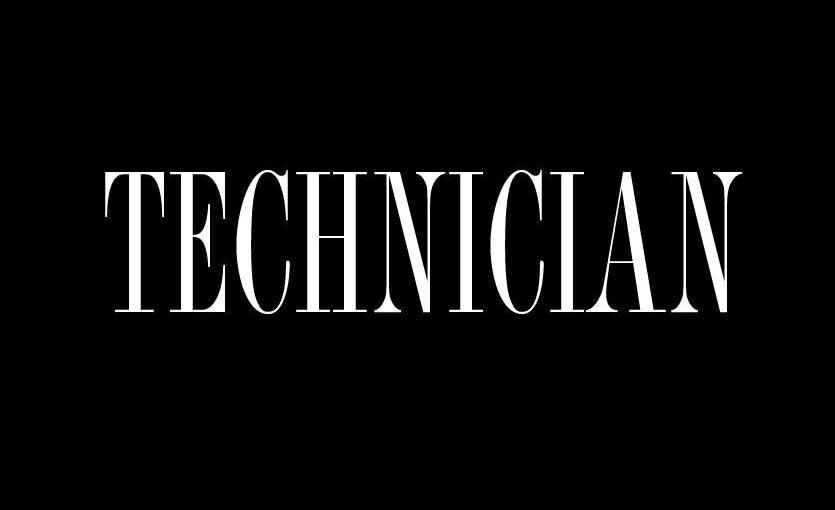When we began our lawsuit attempting to block N.C. State from selling Hofmann Forest, we knew that by taking on the University we were challenging some pretty powerful interests. We didn’t know at the time who the buyer was (though we had heard seemingly inexplicable rumors which turned out to be true). But we did know we had a pretty clear legal argument that the University had erred by not properly reviewing the significant environmental impacts of its decision to sell the 79,000 acre forest.
However valid that legal argument might be, it has since come to our attention that we may be fighting not just the University but also one of the largest and most powerful industries in the state. I can’t claim credit for this insight — it was a recent call from a concerned landowner in eastern North Carolina that tipped me off. He said, “Look at who is on the NCSU Board of Trustees, and then look at who the buyer is. Connect the dots.”
Let’s start with the buyer — Hofmann Forest LLC. We know that the principal investor is Jerry Walker, a large-scale corn farmer from Illinois. We don’t know who else has joined Mr. Walker in the project. But we do know that sometime on or after April of this year, Hofmann Forest LLC prepared a prospectus in which they presented a clear plan to potential investors to bulldoze 45,000 acres of the forest into cropland over the next 10 years.
In 2010, North Carolina produced roughly 88 million bushels of corn. If we assume that each acre of Hofmann Forest’s “virgin organic soils” (as they were described in the leaked prospectus) could produce up to 200 bushels of corn per year, then Hofmann Farms could yield nine million bushels of corn per year, raising in-state corn production by as much as 10 percent over the next decade.
Who in the former land of the longleaf pine stands to benefit from such an immense boost? Is it the 10 million human consumers of corn on the cob at 4th of July picnics, you might ask? Perhaps. But who else eats a lot of corn in this state? How about the 9 million to 10 million pigs that make their home on hog farms around North Carolina, but who are especially concentrated down at the coast? Bingo. It turns out that due to our massive production of pigs (and poultry too, to be fair), North Carolina actually has a corn deficit of 200 million bushels a year. The giant pork producing companies have to import this feed in from Midwestern states at considerable extra expense, cutting into their corporate profits.
Now take a look at the N.C. State Board of Trustees. You’ve got Mr. Wendell Murphy, whose family owned Murphy Farms, a giant in the pig production world until they sold out to Smithfield Foods. You also have Mr. Ron Prestage, whose family owns Prestage Farms, another giant pork and turkey company who sells their pigs directly to Smithfield Foods. Last year, the price of Midwestern corn was so high that Prestage and Smithfield Foods worked together through an LLC to import 30 million bushels of corn from Brazil. If these gentlemen saw a major opportunity in the sale of Hofmann Forest to help alleviate the local corn shortage for their industry and their friends, why wouldn’t they push for it?
I’m not saying they did anything illegal. But given the facts I’ve outlined above, I would argue that there are compelling reasons to think that the outcome of the sale of Hofmann Forest may have been manipulated in some form or fashion by North Carolina’s powerful swine lobby. Even if Murphy and Prestage didn’t lift a finger to influence the Hofmann decision, there is no denying that corporate livestock farms in eastern North Carolina will be the primary beneficiaries of converting a massive pine forest into a massive corn farm.
Of course there is a downside to destroying the forested watershed of three different rivers, and of course the black bears will suffer from the loss of so much habitat, and of course the Marine Corps will be frustrated when the Eastern Diamondback Rattlesnake gets put on the Endangered Species list. But we’ll have a lot to be thankful for in 10 years when our Christmas hams from Chinese-owned Smithfield Foods cost 10 cents less per pound. I’m sure that is the legacy Doc Hofmann had in mind when he established Hofmann Forest back in 1934.
Ron Sutherland
NCSU Biology ‘99







